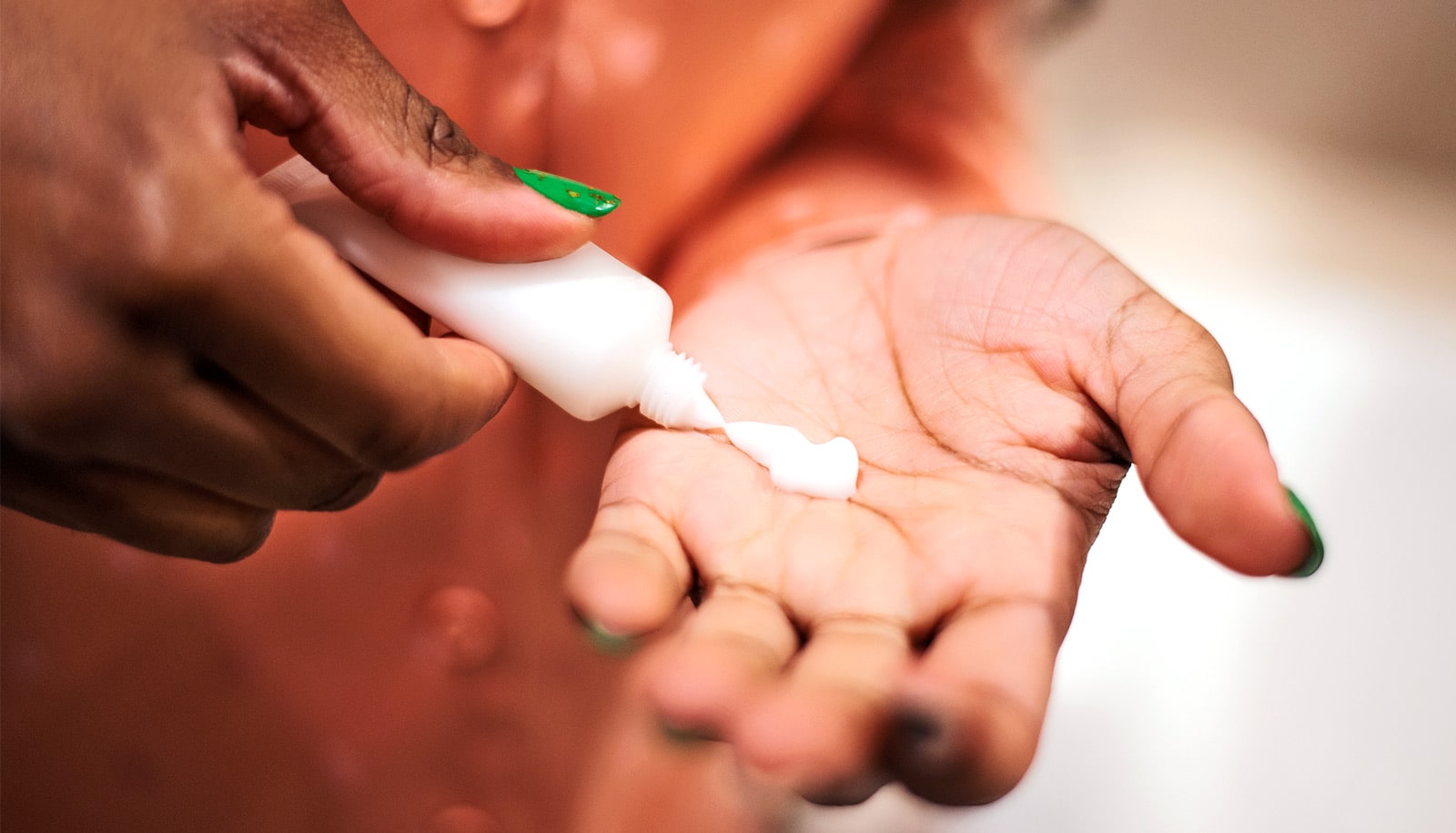Fewer than 5 percent of low-income urban mothers in a new study took daily folic acid supplements before getting pregnant. The widely recommended public health measure aims to prevent potentially crippling birth defects.
“The findings are concerning because they show that public health interventions aren’t always effective in reaching vulnerable populations who need them the most,” says Tina Cheng, co-director of the Johns Hopkins Children’s Center and the study’s lead author.
Numerous studies show that pre-pregnancy use of prenatal vitamins containing folic acid can prevent 50 to 70 percent of neural tube defects. Since 1992, the US Public Health Service has advised all women of reproductive age to take folic acid supplements.
Development of the neural tube ends about 28 days post-conception, Cheng notes, often before a woman is aware she is pregnant. Because nearly half of all US pregnancies are unintended, it is considered important for all women of reproductive age—not just those planning to become mothers—to routinely take folic acid supplementation. Prenatal vitamin supplements sold over the counter cost about 30 cents a day.
Cheng and her colleagues focused on mothers who were part of the Boston Birth Cohort study from 1998 to 2014 at the Boston Medical Center.
Of the 7,612 urban, primarily minority mothers studied, 35 percent were married, 35 percent had a college education, and about half said they planned their pregnancy. Each mother answered a questionnaire shortly after giving birth, reporting her use of folic acid supplements before conception and in each trimester of pregnancy.
The research team found that only 4.3 percent of the mothers took folic acid supplementation almost daily before conception. Almost 56 percent took it almost daily during the first trimester, 59.4 during the second trimester, and 58 percent in the final trimester. More than 86 percent of the mothers had taken no prenatal vitamins at all before conception.
Black and Hispanic mothers had higher rates of insufficient blood plasma folate, at 12.2 percent and 8.1 percent, respectively, than white mothers, who had a 5.1 percent rate. Previous studies suggest babies are most at risk for neural tube defects if their mothers have insufficient folate intake.
To ensure optimal folate levels, health care professionals need to obtain a good history of maternal vitamin supplementation and diet and consider blood folate levels, Cheng says.
Cheng and her team acknowledge that their study is limited by its focus on one city, and caution is needed to generalize to other populations. Self-reports of vitamin supplementation may be inaccurate. While blood folate level is an objective measure, this study only measured at one time point, which at best reflects folate concentrations during the third trimester.
But Cheng says the findings are a step forward toward understanding folate supplementation in vulnerable populations, and toward informing future strategies to reduce health disparities. Health professionals should make sure that all women of childbearing age and pregnant mothers know about folate intake and are monitored, the researchers say.
A report on the study appears in the American Journal of Public Health; coauthors are from Johns Hopkins and Boston University. The March of Dimes, the National Institutes of Health, and the Maternal and Child Health Bureau supported the Boston Birth Cohort study. Cheng’s work had support from the Rockefeller Foundation.
Source: Johns Hopkins University



